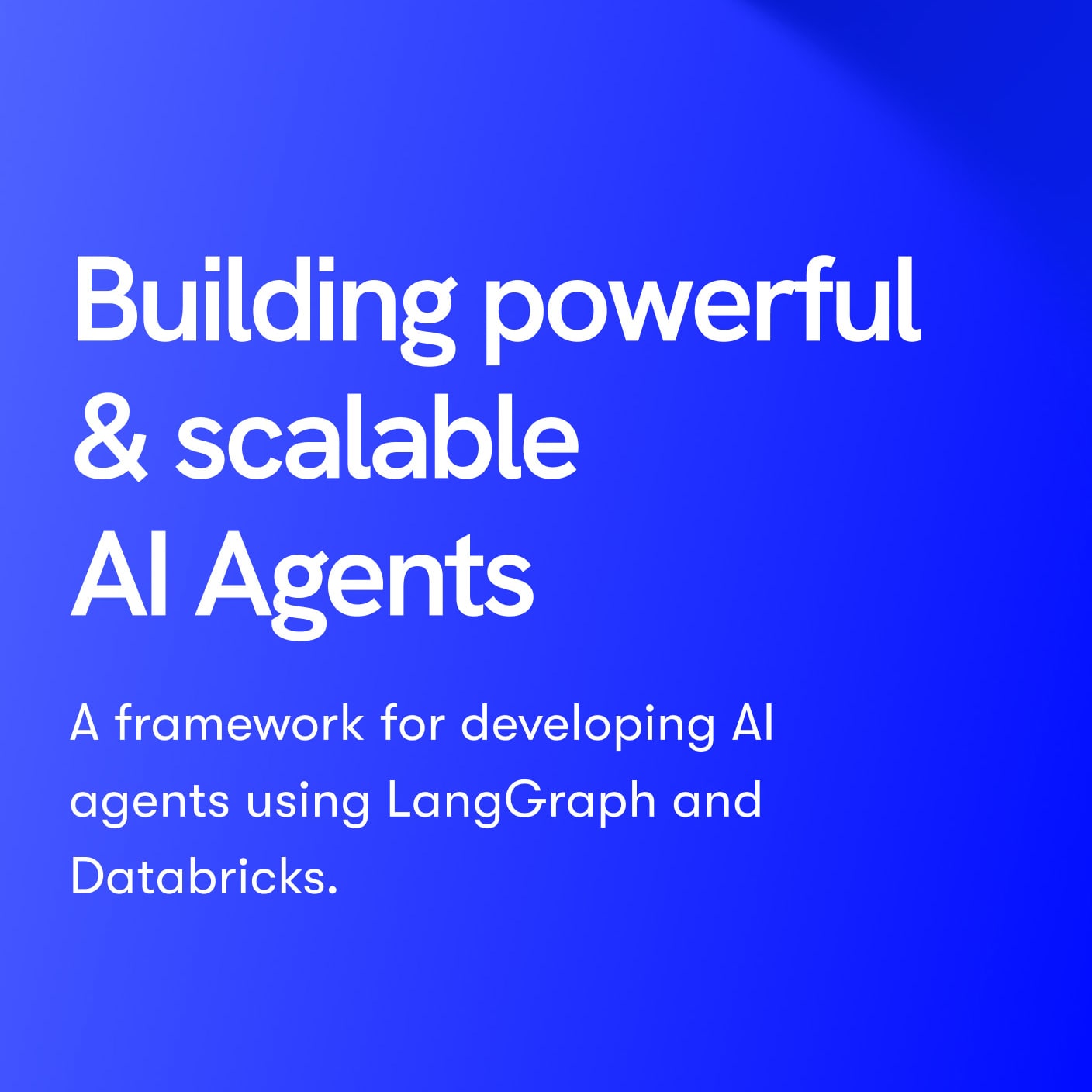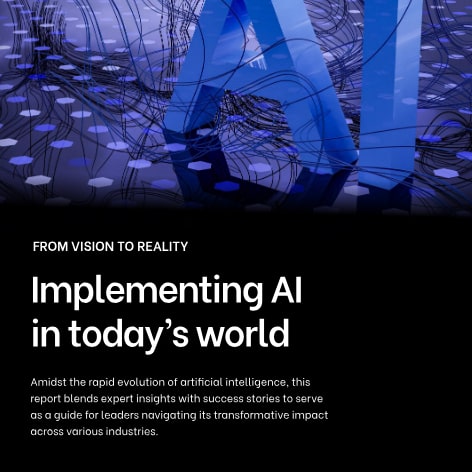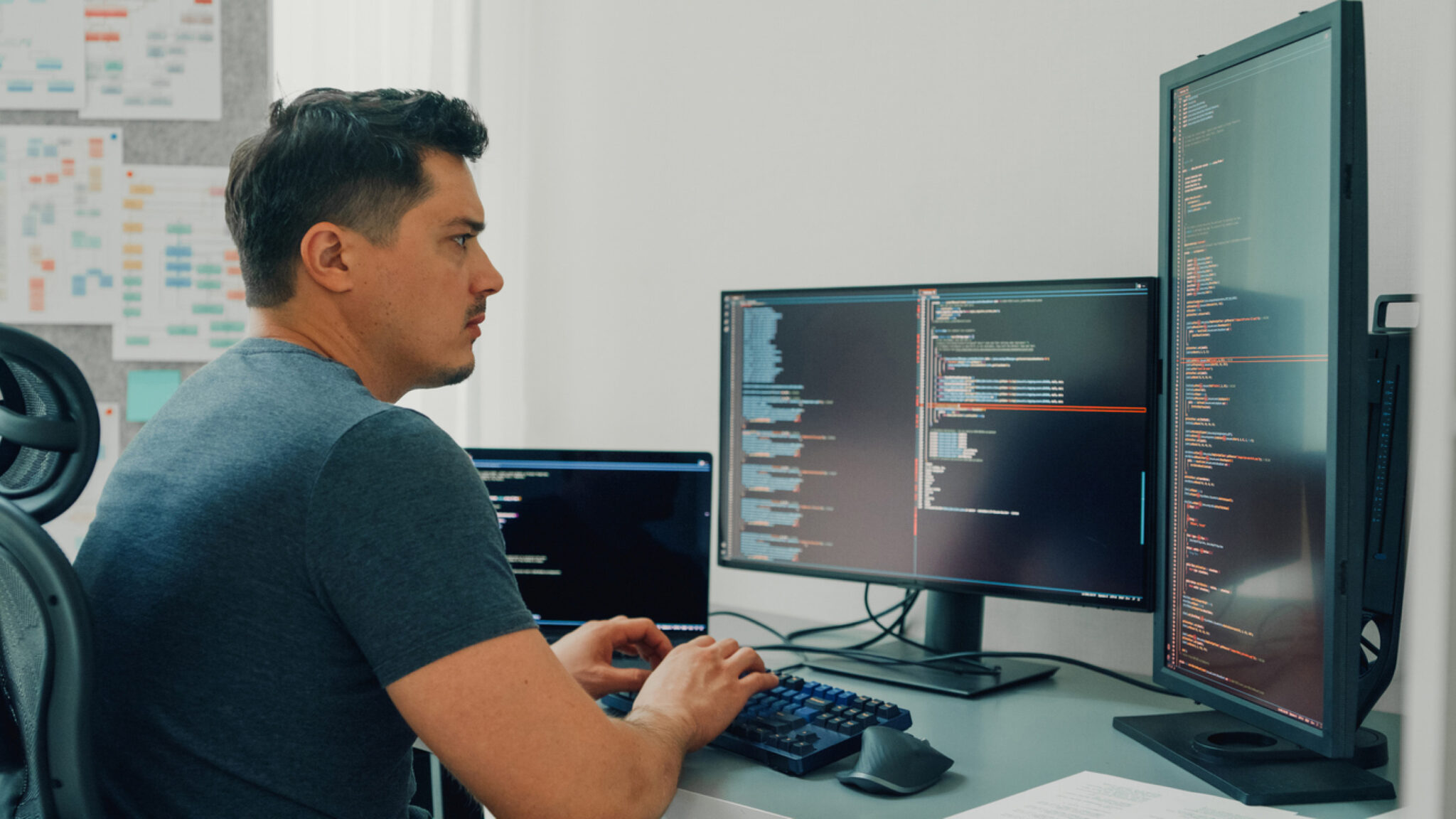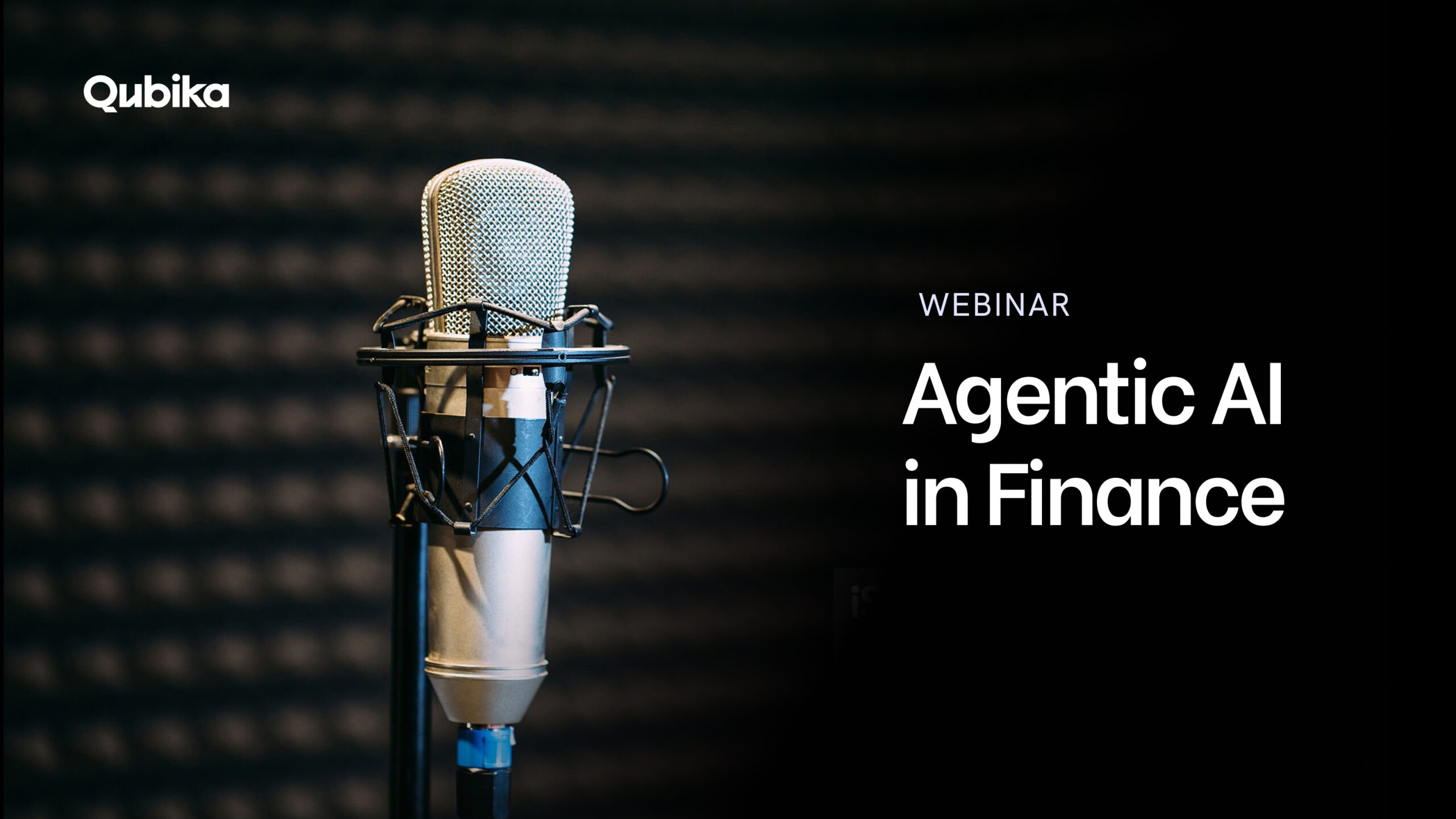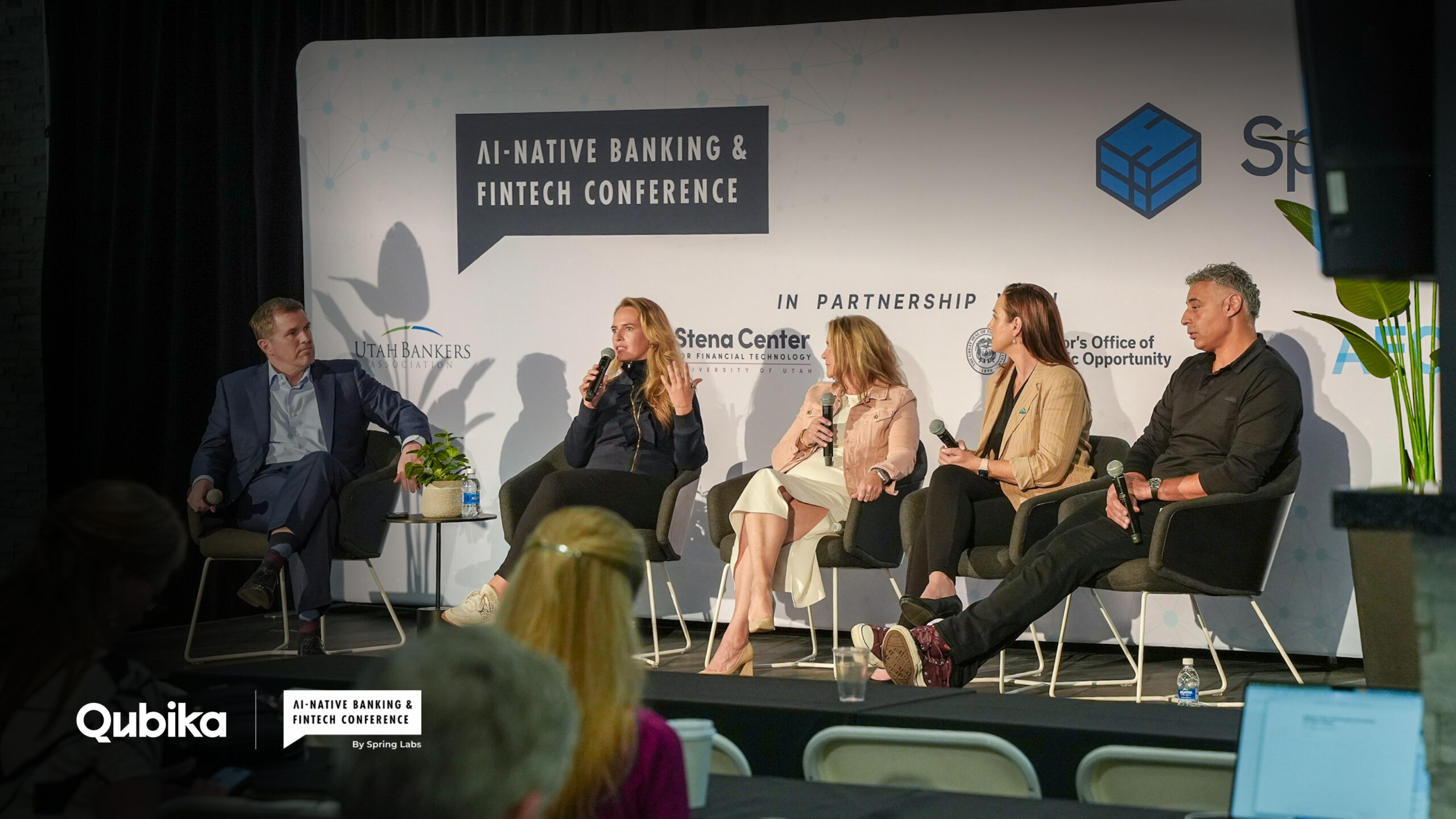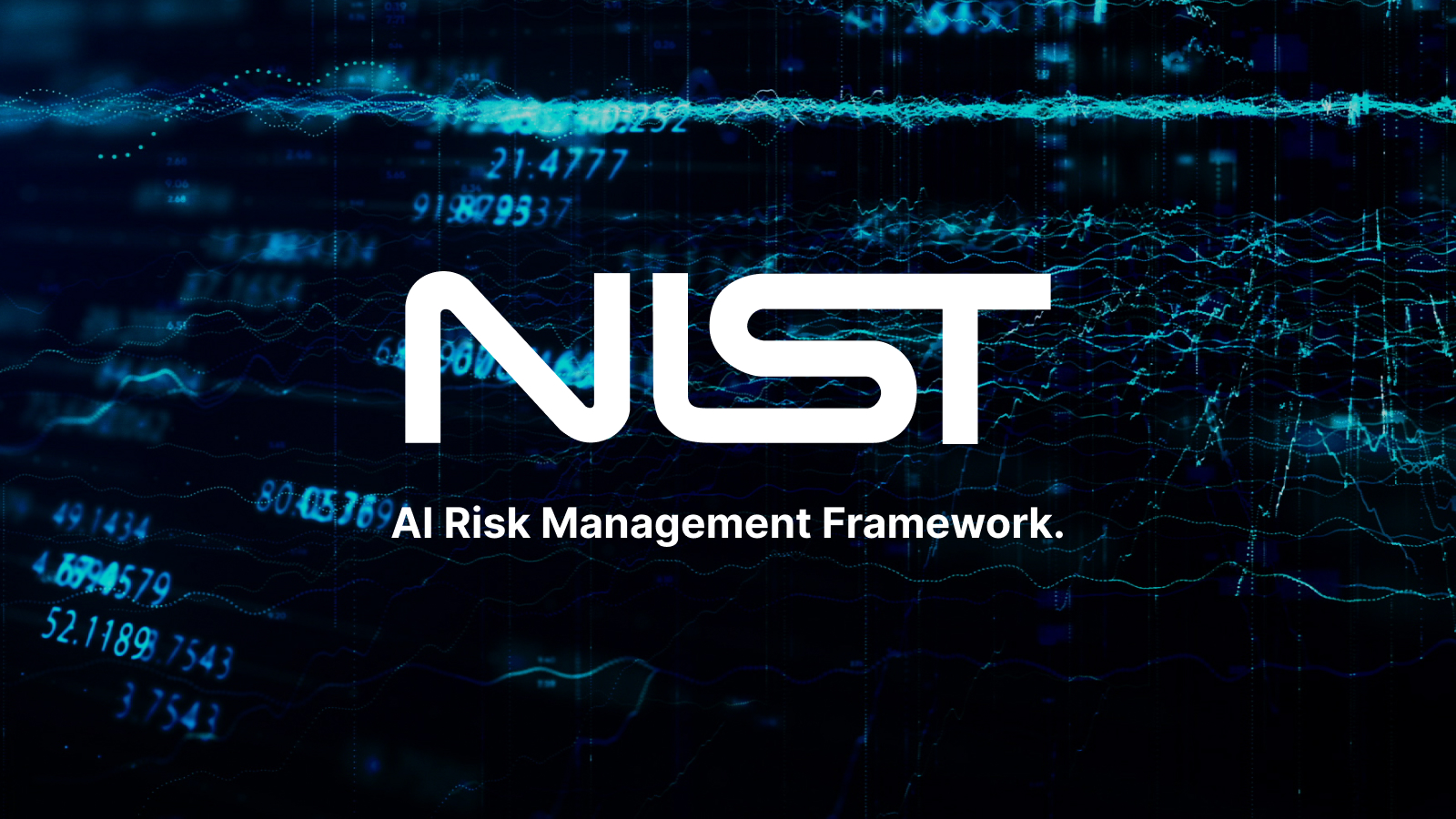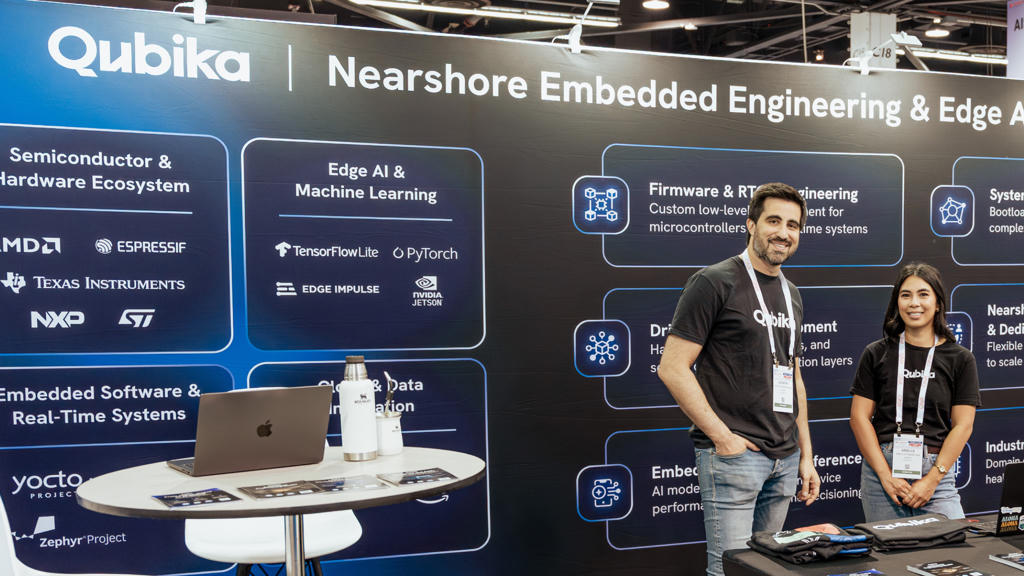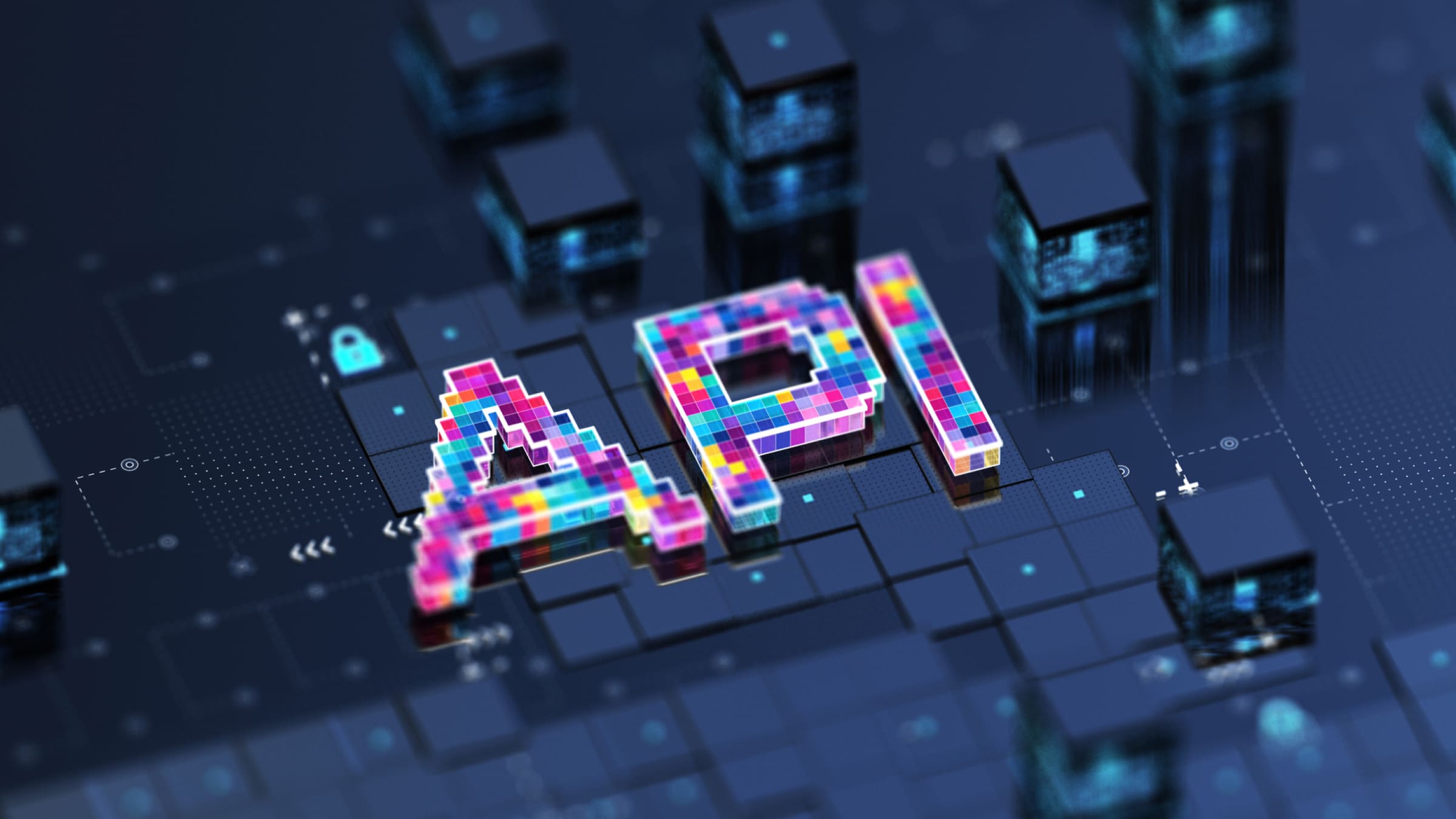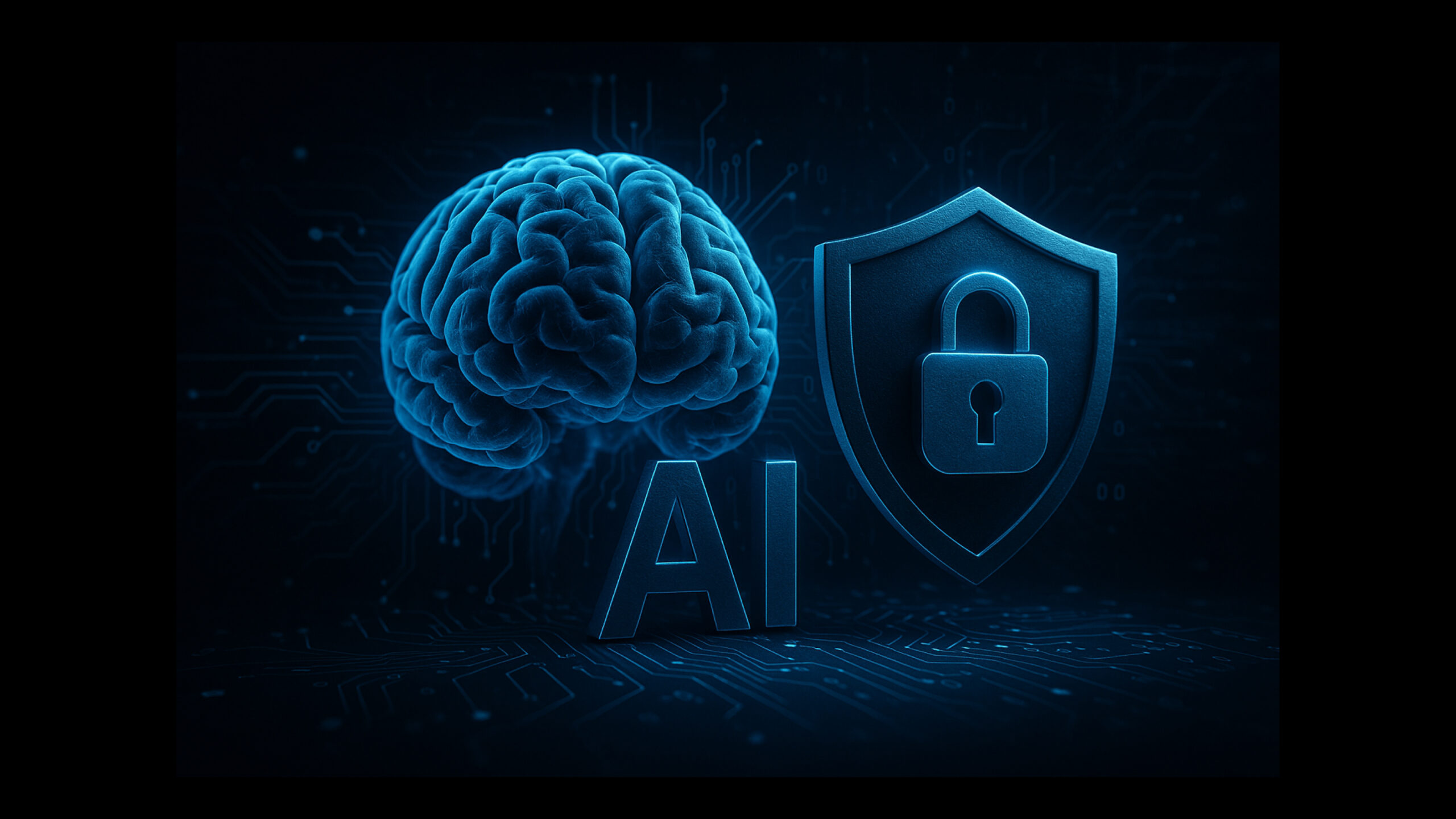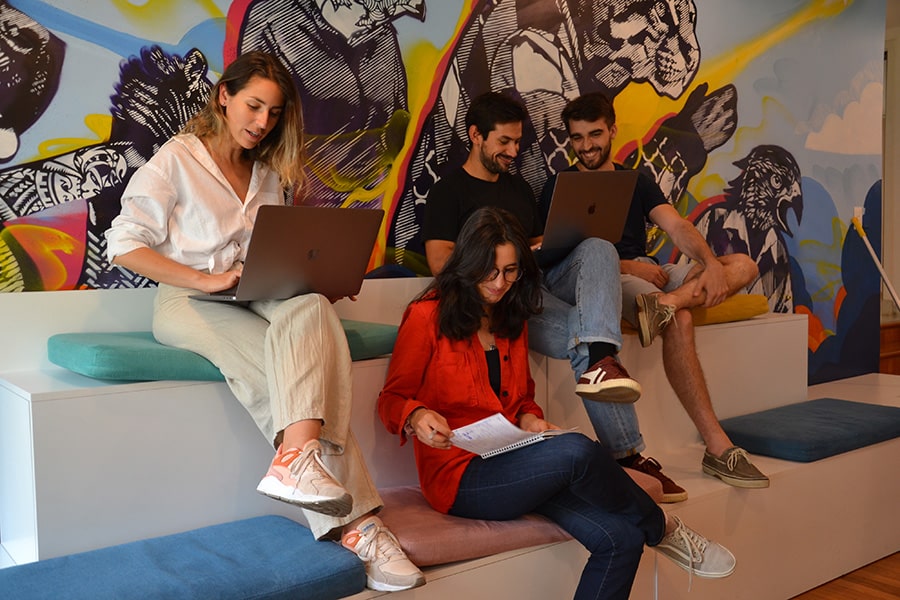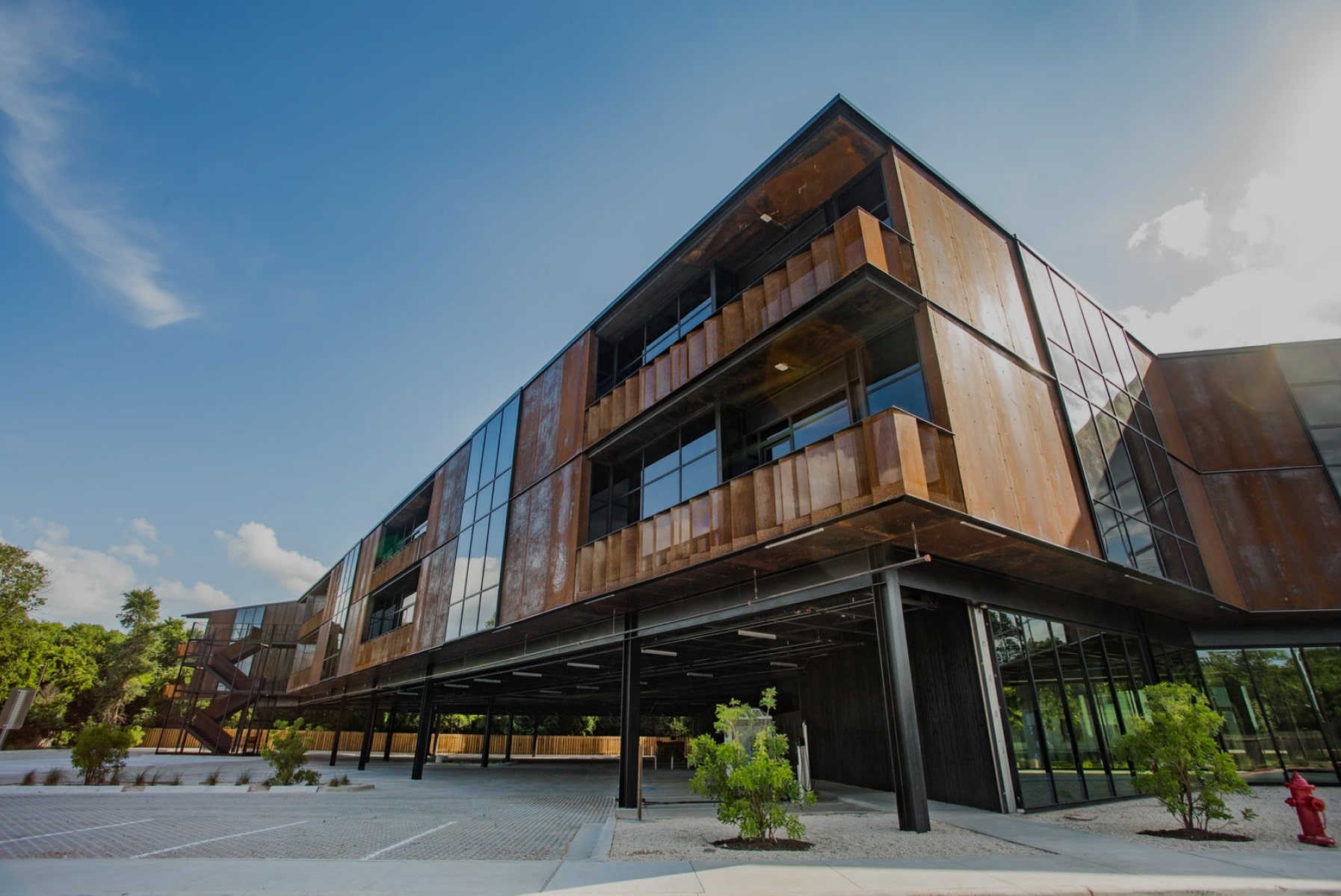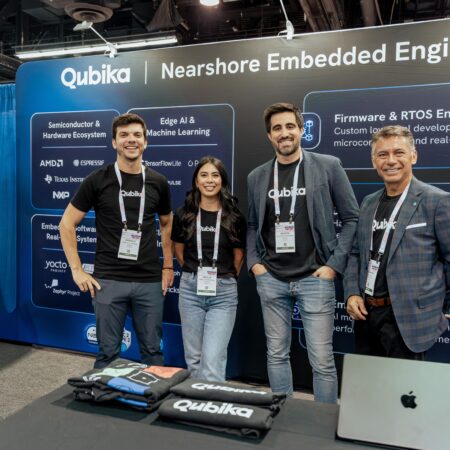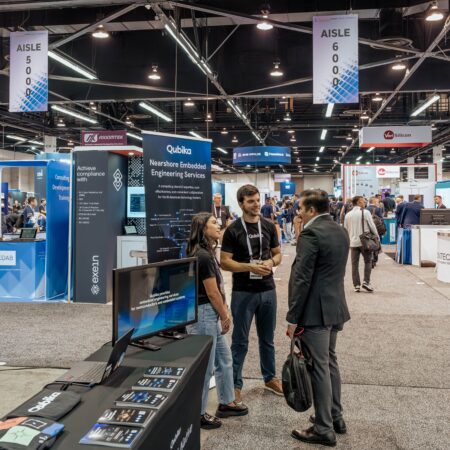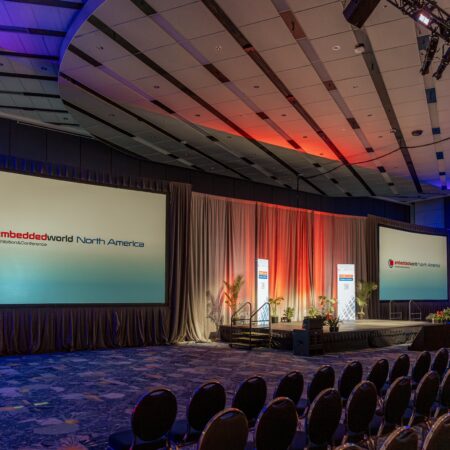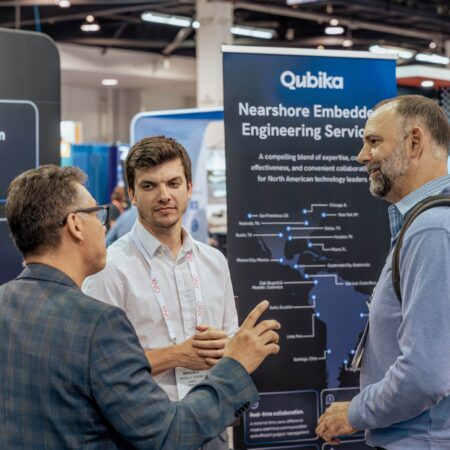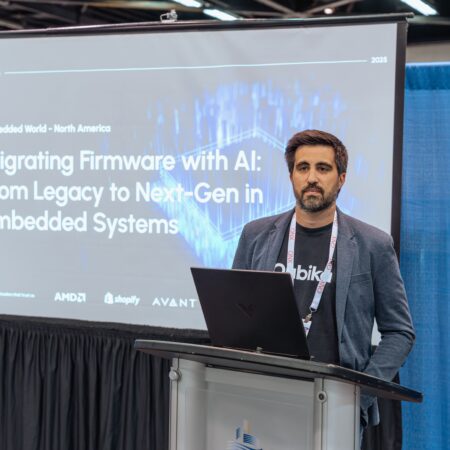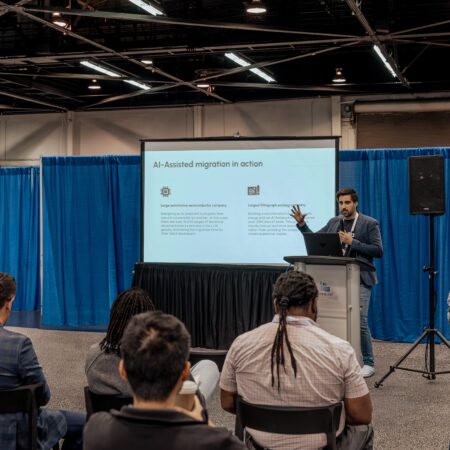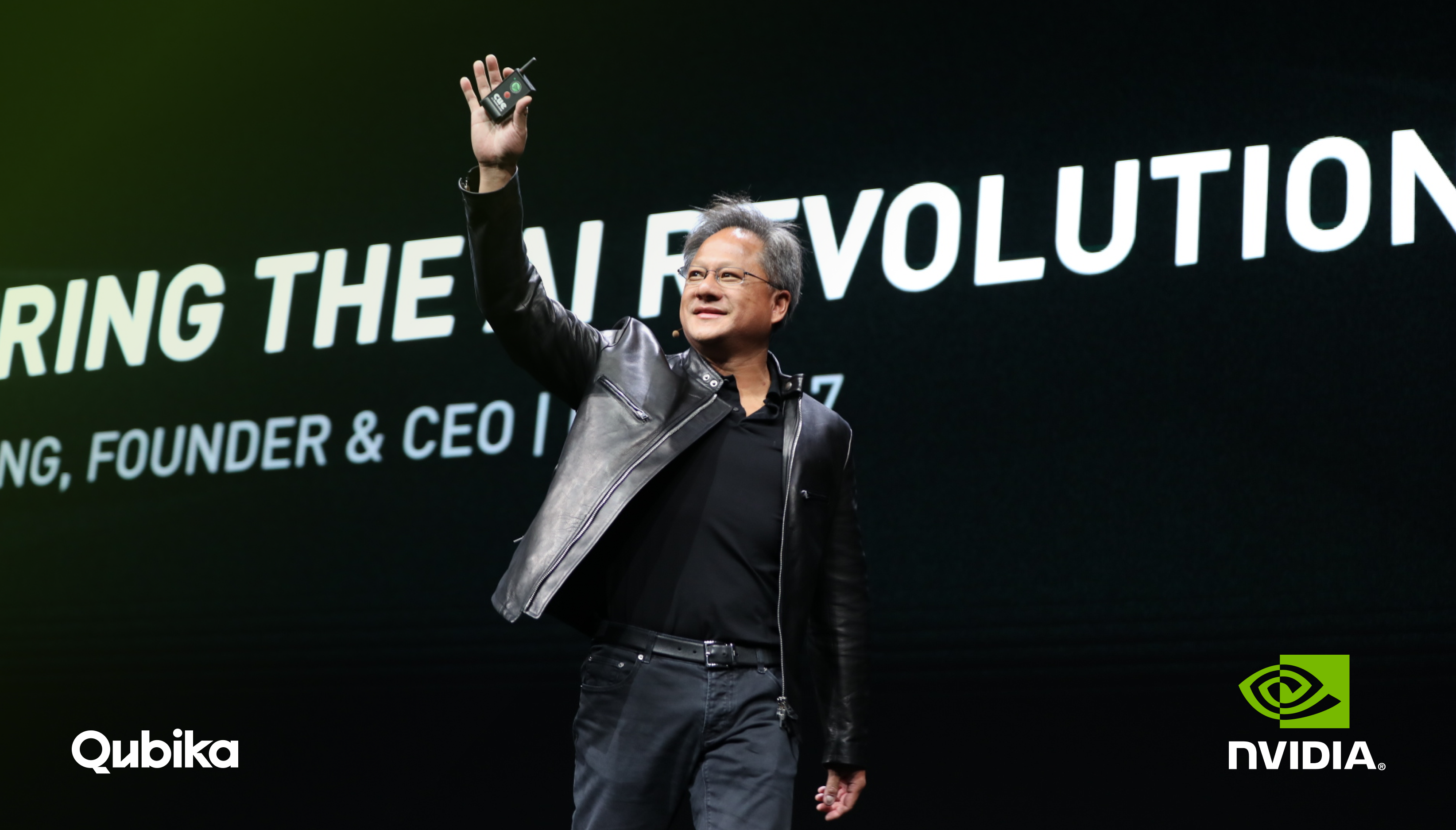Last week in Anaheim, embedded world North America brought together engineers, semiconductor leaders, and ecosystem partners to compare notes on the next wave of embedded systems. Across the floor and in theater sessions, four themes kept surfacing.
1) Safety and security are non negotiable
“Secure by design” was emphasized throughout the conference. Teams are integrating security earlier in the lifecycle, tightening signing and provisioning, and aligning to recognized frameworks, especially for regulated domains such as automotive, healthcare, and industrial. The shared concern is the expanding attack surface as codebases and third party components grow. There are also emerging threats such as quantum hacking that organizations need to start considering into their future plans.
2) Doing more with less
Organizations are shipping more complex features and code under tighter timelines and leaner teams. This is driving increased interest in the use of open source stacks, standardized workflows such as containerized builds, and collaborative ecosystems to share solutions. This is one reason that Qubika’s Embedded Engineering Studio Manager, Agustin Derregibus, focused on AI-assisted firmware migration in his feature presentation – because it demonstrates how it’s possible to deliver high quality work, under ever more demanding timelines and limited resources.
3) Edge AI & system complexity
A major theme was the integration of AI at the edge, requiring embedded systems to handle increasingly complex workloads. As intelligence and the AI workload moves closer to the data source, then there is ever greater complexity, requiring new approaches in hardware and software design. Additional challenges for firmware teams building solutions with Edge AI include model optimization, real-time inference, and data privacy.
4) Custom silicon and chiplet architectures reshape roadmaps
Chiplet based designs and domain specific silicon are giving OEMs more flexibility to tailor compute to the task. That flexibility comes with integration complexity, which makes early collaboration across silicon vendors, RTOS providers, and software partners more important than ever. And ultimately this complexity demands new approaches in hardware and software design.
Conference highlights
- Security and compliance: Earlier adoption of code signing, secure provisioning, SBOMs, and policy as code to meet evolving requirements.
- Ecosystem collaboration: Stronger vendor and partner demos showed how integrated hardware, firmware, and DevOps practices reduce time to market.
- Developer experience: Growth of standardized workflows for embedded CI, faster board bring up, and test automation to tame expanding codebases.
Session spotlight: “Migrating Firmware with AI: From Legacy to Next Gen in Embedded Systems”
Speaker: Agustín Derrégibus, Embedded Engineering Studio Manager, Qubika
What we showcased:
- Why migration is hard: real time constraints, hardware dependencies, limited simulators, huge datasheets, certification and regression costs, and patchy documentation.
- How AI helps engineers rather than replaces them
- Rapid code comprehension and mapping between legacy and target platforms
- Automated translation and adaptation for drivers, peripherals, and RTOS changes
- Specification ingestion across thousands of pages to speed register setup and configuration
- Validation support with unit test recommendations and ML assisted checks
- Workflow we use in practice: scope simplification, source and spec discovery, contextual prompt design, static analysis, AI assisted code generation, engineer in the loop validation, documentation and test recommendations.
- Case patterns: large semiconductor and industrial codebases where LLMs digest vast technical specs in the tens of thousands of pages and help port or modernize stacks measured in tens of millions of lines of code, while engineers focus on safety, determinism, and final sign off.
- Lessons learned: keep interfaces stable, data quality drives AI reliability, adopt continuous modernization, and always keep an engineer in the loop for safety critical decisions.
Why it matters for engineering leaders
- Secure by default: bake security and compliance early. Keys, signing, SBOMs, and provisioning flows.
- Edge AI pragmatism: pick the smallest model that meets your service level objectives and validate determinism under worst case loads.
- Migration as a capability: legacy to next gen transitions are unavoidable. AI assisted workflows reduce cost, risk, and time without compromising safety.
- Ecosystem leverage: align silicon, RTOS, and tooling partners early to de risk integration and certification.
Embedded engineering services for semiconductors and embedded systems
If you would like a deeper dive into our AI assisted firmware migration approach, or support with bring up, connectivity and IoT, edge AI, or validation, let’s connect.

